
For projects under redevelopment, the flats are firstly allotted or given preference to existing members of the society. The apartments left after been booked by existing members are then sold to new members or home owners. Well, The procedure for buying an apartment for new members remains the same as buying an apartment in new building or any other building.
Buying a home be it in a new building or just redeveloped one, is lengthy and complex process. Following are the steps that a home owner generally shall or needs to follow –
Legeal Property assurance:
Be it buying a new house in old society or redeveloped one, one shall make sure that the seller owns the property and has the right to sell the property to you. This is very essential so that later on you will not get into any confusion about ownership rights or any trouble.
a) to buy an apartment in old building: When you buy an apartment in old society or pre-existing one, you need to and must firstly negotiate with the seller, go through and then agree on the terms and conditions, verify documents, and finally get loan approval if you need a loan.
b) to buy an apartment in redevelopment project: When buying an apartment in society that us under redevelopment, confirm that the redevelopment is legal and that sanction plans have been approved. Otherwise, you might end up paying money for something that is illegal.
Know your payment plan:
Before buying any new property, you shall be aware of payment plans that you will asked to sign up for. This payment plan will depend on the builder and type of property you finalize. Like If you are buying an apartment in pre-existing building or old one, you usually are expected to pay a lump sum at a time, rather than spread the payments across a future time period.
And If you are buying an apartment that is under process of redevelopment, you might have some flexibility regarding the type of payment plan. The typical plans are of 3 types:
a) Construction linked: You pay based on the progress of the construction of the property. This one is said to be the safest since you pay for the progress in work rather than uselessly paying more than wanted to fund the developer especially when the work is being delayed.
b) Time linked: You pay according to a set time or duration, whether the construction is on time or not. Here the risk can be that you are contractually compelled to pay your installments, even though the property is making no progress.
c) Down payment: You pay for the property up front, but then are exposed to the risk of delays like whether the property will get completed at all or not.
One common feature in all payment plans is that you will have to pay an initial amount (around 10%) as down payment.
Start the Process to Loan Application:
This is incase you need a loan for your purchase. It is advisable to simultaneously start the loan application process with potential lenders, along with the above steps. This can give you some insight on the size of the loan that you will be eligible for and the terms on which you will get such a loan. Don’t delay this process as often your deal can fall through if you do not have sufficient resources in place for your purchase. The lender will require certain documents from you regarding your income and tax status, as well as some property related documents. You can also get a pre-approval loan in case you have not selected a property as yet, but want to save time later when you have narrowed down a property. Please also understand how the lender will disburse your loan, in a lump sum or according to the payment plan you sign up for.
Allotment letter:
Once you have applied for a booking in an under construction building, the developer or contractor will allot you a flat. And if you are lucky enough, You may get to choose from few flats. You then will receive an allotment letter from the builder. This allotment letter includes the details of your apartment (like flat number, area, price) that has been allotted to you, the payment details, any extra charges levied to you, amenities such as car parking, club membership, and maintenance charges to be summoned at time of possession and occupancy. Once the allotment letter is given to you, your flexibility to change your property might be limited.
Sale agreement:
If you are buying a pre-existing building or society, the seller will sign a sale agreement with you after you have agreed on the terms of the sale with whom so ever it may concern.
But well, If you are getting an under redevelopment or new construction society, then after you have booked the apartment, over the coming months the developer will sign a sale agreement with you. This is a contract that says that the property has been sold to you and also highlights the details of your apartment. It is always good to have checked with all the details that were promised to you, especially the price, square footage, delivery date and penalties for late delivery and payment plans (penalty for late payment) are what you had agreed upon.
Possession and Registration:
The final step in the buying process is the possession of the property being transferred to you and your responsibility to get it registered under your name. Possession is the physical transfer of the property, but is not sufficient to establish legal transfer of ownership. For this you will have to get the property registered in your name in the local municipal records, with the seller documenting that the property is being transferred to you. At the time of registration you will also have to pay a stamp duty which is a government tax collected on property transactions.
Many homebowners usually find the process can be a strainful, but at the end of it all you can finally have a place that you can call home sweet home!

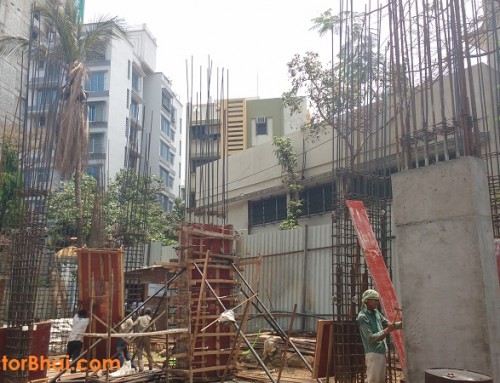
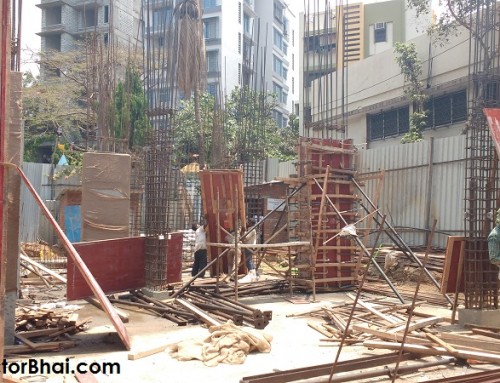
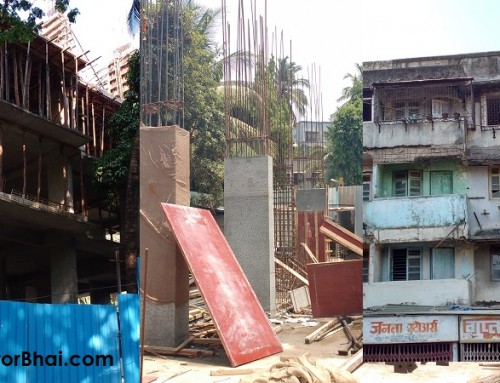
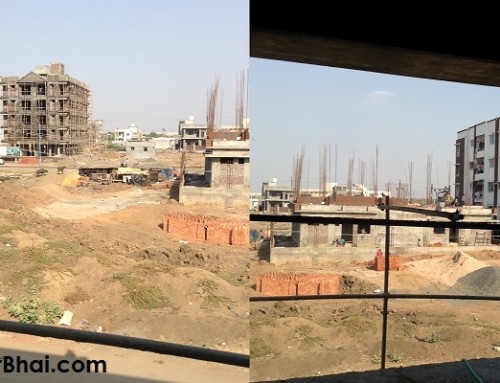
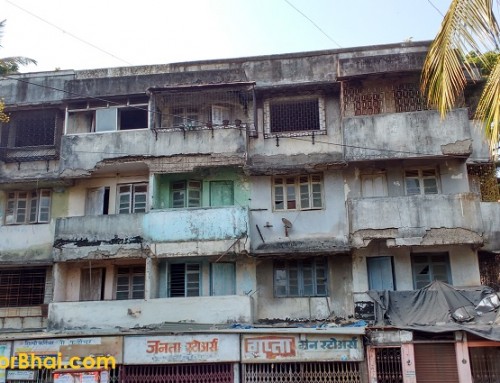
Leave A Comment